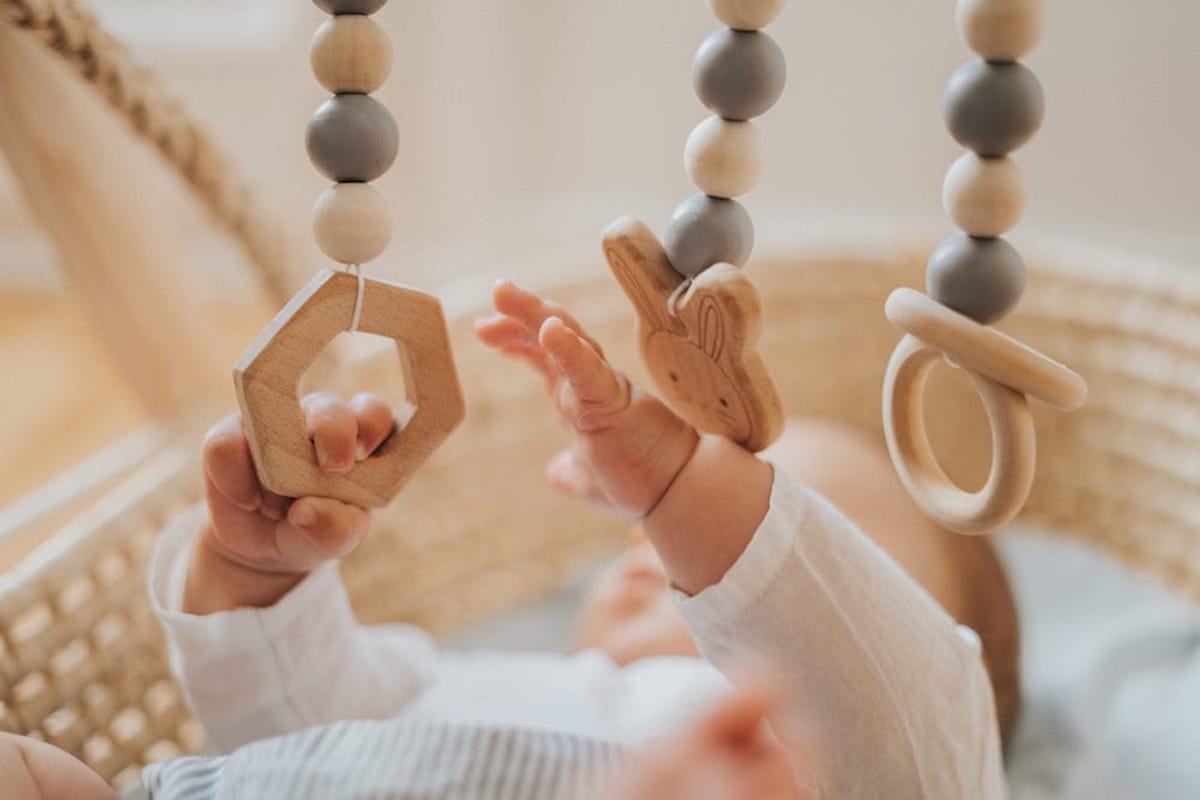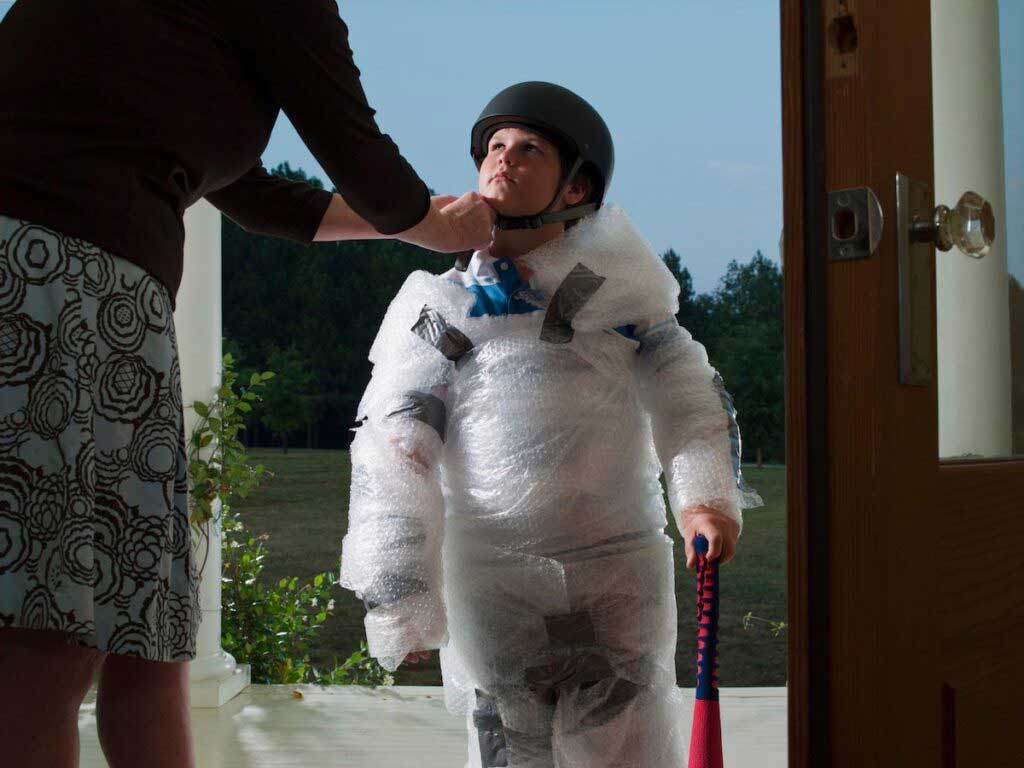In economics, we often talk about “first best” and “second best.” These have formal meanings. The first best refers to the outcome society can achieve if there is full information about preferences and constraints and people are able to fully optimize. The second best concerns the optimal outcome if one or more of the conditions cannot be satisfied (due to missing information or for some other reason). If this is the case, then the ideal solution may be different.
Notably — and here I am being somewhat colloquial, so if you are an economic theorist, please look away — the second best often involves compromise. We consider situations in which, for example, you do not have enough policy levers to pull to get to the perfect solution. So you use the one policy lever you have, which entails some tradeoffs between the needs of different groups.
What I think is important conceptually is that the second best is still a type of “best.” It’s a solution that is optimal given the constraints the decision maker faces. You do not have all the policy choices you want; you can’t get people to tell you the truth about their preferences. The second best is the best you can do with this limited capacity. And in economic welfare terms, it’s better than any of the other feasible options.
Where am I going with this?
I have come to believe that there is not enough second-best parenting advice. A lot of the advice we give to pregnant people and parents — especially, though not exclusively, from public health authorities — takes an approach that could be described as “first best or outer darkness.”
That is to say: there is a top-line, first-best, optimal behavior. If, for some reason, you cannot do that, then any other choice is equally bad: the outer darkness. The problem is that this fails to recognize that there is a ranking in the outer darkness. Not all outer darkness is the same; the second best is out there. But if we do not surface it, how do people know?
Here’s an example: baby sleep location.
The first best: baby sleeps alone in a crib, on their back, in the parents’ room for at least six months, no blanket or any other things in the crib.
The problem is that — and this I’ve written about before — this isn’t feasible for everyone. Some babies will literally not sleep at all alone in a crib. Some families find that having the baby in the room makes it impossible for adults to get good sleep. If you find yourself in one of these camps, as many of us do, there is little to tell you what to prioritize.
And this really matters. If you’re thinking about co-sleeping with a baby, it’s extremely important to know that the safest way to do this is to avoid coverings in the bed and not to drink or smoke. It is perhaps even more important to know that co-sleeping on a sofa is vastly riskier than co-sleeping as safely as possible in a bed.
This isn’t to say that there are not small risks to co-sleeping — those do seem to appear even when it is done as safely as possible. From a safety standpoint, this isn’t the first best. But the first best may simply be infeasible; knowing what the second best is matters.
Here’s another example: child nutrition.
The first best is that your child gets a balanced diet full of leafy green vegetables, lean protein, and whole grains and never drinks anything other than milk and water.
Unless you are raising a robot, this may not be feasible. It is easy to find that you’re caught between this particular first best and some other constraint — like getting enough calories or staying hydrated. But exactly what to give up on is often unclear.
Is it better to get some vegetables through veggie chips, or is this in some way misleading their taste buds, so you’d be better off just skipping veggies altogether?
Is it better to serve foods they like, even if they are not first-best foods, so they’ll sit nicely at the dinner table and get the benefits of family dinner (another first best!)?
If my kid doesn’t drink plain milk or water: is there any real ranking between Gatorade, soda, juice, or strawberry milk?
This comes up everywhere (screen time! breastfeeding! drinking in pregnancy!) and not just for kids. Nutrition advice for adults has many of the same features. I once had occasion, for research purposes, to survey some doctors about what snack they would recommend for their patients. One of them told me “raw green beans,” which is a canonical first-best answer. My kids’ nickname for me is “salad lady” because of my love of salad, but even for me, raw green beans as a snack is a bridge too far.
The “first best or outer darkness” messaging isn’t just unhelpful; it’s also a way to ratchet up parent shame. No one likes to be parenting in the outer darkness. This messaging is an easy way for parents to feel like failures. Better to give people a sense that they are making a good choice, even if it is not the first-best one.
If we want to embrace the idea of better-informed, second-best parenting … how?
First: From an individual parent perspective, I urge you to recognize your constraints and seek out the second-best option for you. This is perhaps closely related to the idea of there being no secret option C. If the first best is infeasible, do not throw up your hands and decide to have no plan. If your kid doesn’t like cucumbers, do not resort to a diet made up entirely of microwave popcorn (trust me on this one; it’s just too much fiber). You can do this. Even with a lack of public health advice, the world does often contain enough information to figure out what the next best option is, if the first best isn’t in the cards.
Second, from a policy perspective, we need to provide parents (and people in general) with more advice that recognizes reality. Despite what I said above, requiring every individual family to research the second best for themselves is a poor approach. Our advice needs more nuance. It needs to meet people where they are and tell them how to do the best under their constraints.
I know the pushback on this, because I get it all the time — if we tell people about the second best, they won’t kill themselves to do the first best. Here is the thing: they’re usually not doing the first best anyway, because it is impossible. And often the difference in actual outcomes between the first and second best is very small, whereas both are much better than many of the outer-darkness alternatives (see sofa sleep example above).
Here’s my message: Let’s embrace the second-best parenting, and leave behind the outer darkness.
We can even bring raw green beans. But with some ranch dip.
Community Guidelines

















Log in